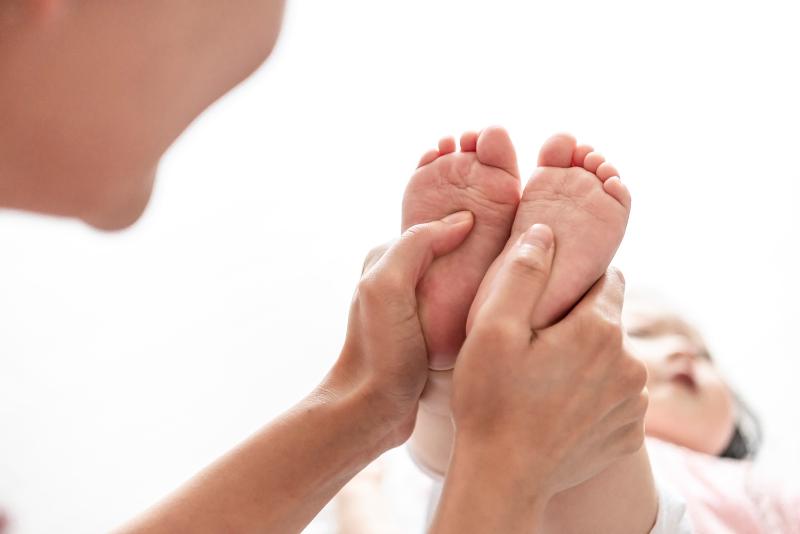
A Statistics Korea demographic report released on May 28 said the total fertility rate was 0.82 in the first quarter, up from 0.77 in the same period last year thanks mainly to women in their 30s. Thus the incentives from the central and local governments to stimulate marriage and childbirth seem to be having an effect. (iClick) *This photo is protected under copyright law and unauthorized reproduction and redistribution are strictly prohibited.
By Yoo Yeon Gyeong
The total fertility rate (TFR), or the average number of children a woman is expected to bear in her lifetime, rose to 0.82 in the first quarter, its first increase in 10 years.
The number of marriages and births also increased in the quarter.
This is according to a Statistics Korea report on demographic trends in the first quarter released on May 28. The rate was up from 0.77 in the same quarter of last year mainly thanks to women in their 30s, and the implication was that the incentives from the central and local governments to stimulate marriage and childbirth are having an effect.
The number of marriages, a leading indicator of fertility, reached 58,704, up 4,554 or 8.4% year on year. This was the highest figure since 59,074 in the first quarter of 2019.
The number of newborns was 65,022, up 4,455 or 7.4%. This marked the highest figure since 68,339 in the first quarter of 2022 and the largest rise year on year since the statistic began to be recorded in 1981.
Statistics Korea said the higher number of births was thanks to the clear growth in marriages following the end of the COVID-19 pandemic. The country's births among married couples overwhelmingly outnumber those of single people, so the tendency is for the number of newborns to increase if that of marriages does.
dusrud21@korea.kr
Most popular
- Grammy-winning producer calls Suga of BTS 'amazing artist'
- 'Universal love, family' themes fuel success of 'King of Kings': director
- Council sets minimum hourly wage in 2026 at KRW 10,320
- Export deal for K2 tank concluded with Poland for KRW 9T
- Songs from animated K-pop film rule Spotify daily chart in US
